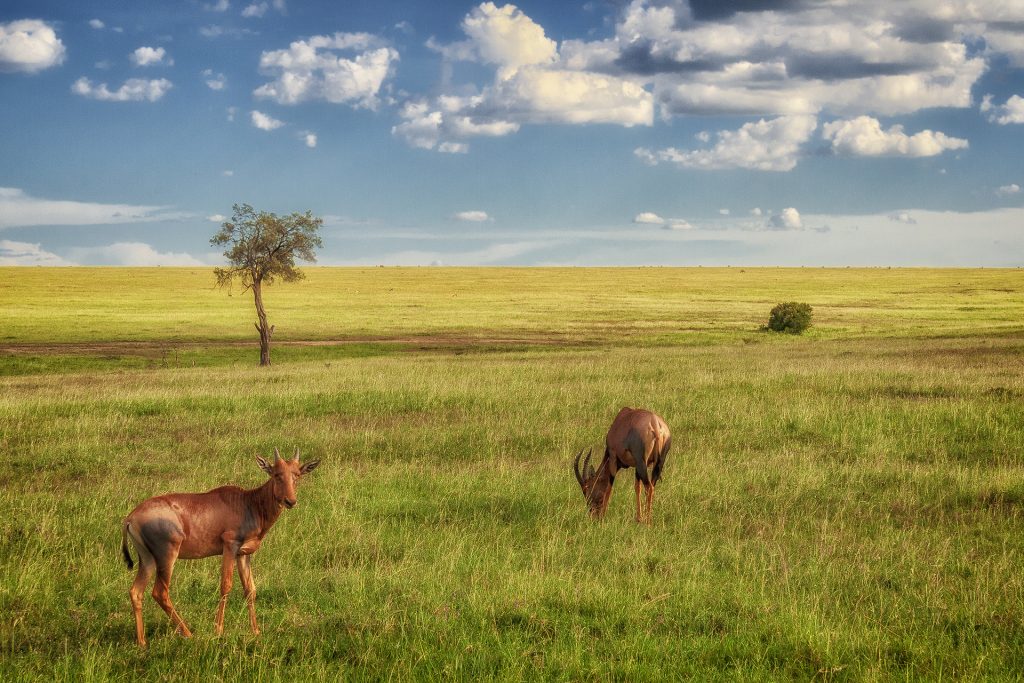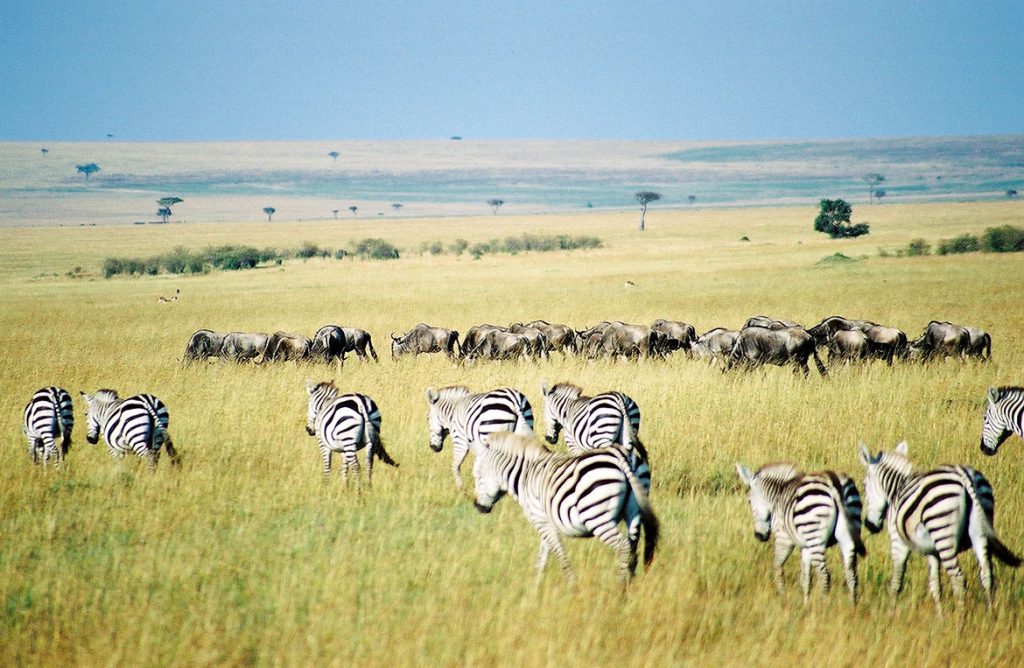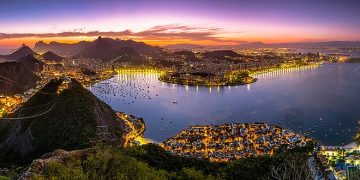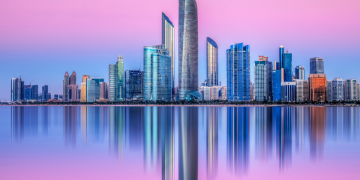In this mysterious and wild continent of Africa, the Masai Mara National Reserve, with its unique natural landscape and rich wildlife populations, has become a dream place for nature lovers and eco-tourists around the world. It is not only a symbol of Africa’s wildness, but also an important cornerstone of global ecological protection and sustainable development. This paper aims to explore the background, geographical location and ecological environment of the Masai Mara National Reserve, as well as its far-reaching significance in ecological protection, biodiversity and genetic resources protection, analyze the current challenges, and propose effective protection measures, in order to jointly protect this shining pearl inlaid on the land of Africa.
The Masai Mara: a natural wonder of Africa
The Masai Mara National Reserve is located in southwestern Kenya on the border with Tanzania. Its name merges the culture of the local Masai people with the important geographical feature of the Mara River. Since its establishment in 1961, the reserve has attracted the world’s attention for its vast landscape and rich wildlife resources. With an area of about 1,800 square kilometers, it is one of the largest wildlife reserves in Africa and an important part of the largest wildlife ecosystem in the world.
The landscape of the Masai Mara is diverse, including rolling grasslands, sparse woodlands and meandering rivers, which provide an ideal habitat for a wide range of wildlife. According to statistics, there are about 95 species of mammals and 450 species of birds living in the reserve, including African elephants, lions, cheetahs, giraffes, zebras and other wild animals unique to Africa. These rare species thrive here and together create a vibrant ecosystem.

A treasure house of ecology and biodiversity
The Masai Mara National Reserve is not only a paradise for wildlife, but also a hotspot for ecological conservation and biodiversity research. The ecological balance here has an important impact on the climate and environment of the entire African continent. There are many kinds of animals and plants in the protected area, including some endangered species, and their existence plays an irreplaceable role in maintaining biodiversity.
The wild flora and fauna of the Masai Mara are also rich in genetic resources. This genetic information is an important basis for scientific research and future development in agriculture, medicine and other fields. Through the in-depth study of these genetic resources, we can better understand biological evolution, adaptation to environmental changes and other scientific issues, and provide strong support for the sustainable development of human beings.
Iii. Challenges and Threats
This land full of life also faces many challenges and threats. Global warming has led to changes in rainfall patterns and temperatures in protected areas, which have had a serious impact on the survival and reproduction of wildlife. The frequent occurrence of extreme weather events, such as droughts and floods, makes the food source and water source of wild animals unstable, which threatens their survival.
Illegal hunting and poaching are also a threat to the reserve. Despite the strict management system and patrol teams, there are still criminals who kill wild animals for ivory, rhino horn and other valuable items. This behavior not only disrupts the ecological balance, but also puts some endangered species at risk of extinction.
With the growth of population and economic development, the process of agriculture, industry and urbanization in the surrounding area has been accelerated, and the ecological environment of the reserve has been seriously damaged. The living space of wild animals has been continuously compressed, and the conflict between humans and animals has been increasingly intensified.
Fourth, jointly protect the wild Africa
In order to ensure the long-term sustainable development of the Masai Mara National Reserve, we must take effective conservation measures. First, strengthening international cooperation is key. By working closely with international organizations, ngos and other countries, we can work together to combat illegal hunting and poaching and strengthen the protection of wildlife. At the same time, learn from the successful experience and technical means of other countries to improve the management level and scientific research capacity of the protected area.
Raising public awareness of protection is also crucial. Through education and publicity campaigns, we can let more people know about the importance of protecting wildlife and the ecological environment. Only when the public fully recognizes the value and significance of nature protection can a good atmosphere for the participation of the whole society be formed.

Scientific monitoring is the cornerstone of conservation efforts. We need to regularly monitor the number, distribution and migration of wildlife populations, identify ecological problems in time and take appropriate protection measures. Through scientific data analysis, we can more accurately understand the living habits and ecological environment needs of wild animals, and provide strong support for the formulation of targeted protection strategies.
Promoting sustainable tourism is also an important means to protect the Masai Mara National Reserve. Reasonable planning of tourism routes and activities to reduce the disturbance of wildlife and ecological environment, so that tourists can experience the charm of nature, but also enhance their awareness of nature protection. Through the development of sustainable tourism, we can achieve a win-win situation of economic and ecological benefits.
We should also focus on the development needs of local communities and involve them in the management of protected areas. Through the provision of training and employment opportunities, local residents can gain tangible benefits from conservation work, so as to more actively support and participate in the cause of nature conservation.
Kenya’s Masai Mara National Reserve is a treasure of ecological conservation in Africa and even the world, it carries rich biodiversity and unique natural landscape. However, protecting this amazing land requires our collective efforts and wisdom. By strengthening international cooperation, raising public awareness of conservation, strengthening research monitoring, promoting sustainable tourism and focusing on the development needs of local communities, we can contribute to the long-term sustainable development of the Masai Mara National Reserve. Let us work together to protect this shining pearl inlaid on the land of Africa, so that Africa’s wildness and vitality can be passed on forever.
We also need to realize that nature conservation is not only for wildlife and the ecological environment itself, but also for the future of mankind and the sustainable development of the planet. Every harm to wildlife and destruction of the ecological environment will eventually bite back at human beings themselves. Therefore, to protect the Masai Mara National Reserve is not only to respect and protect the wild Africa, but also to take responsibility and responsibility for our own living environment.
In the coming days, let us continue to pay attention to and support the development of the Masai Mara National Reserve, and let us see together how the wild and vitality of this African land can continue and flourish through our joint efforts.





















